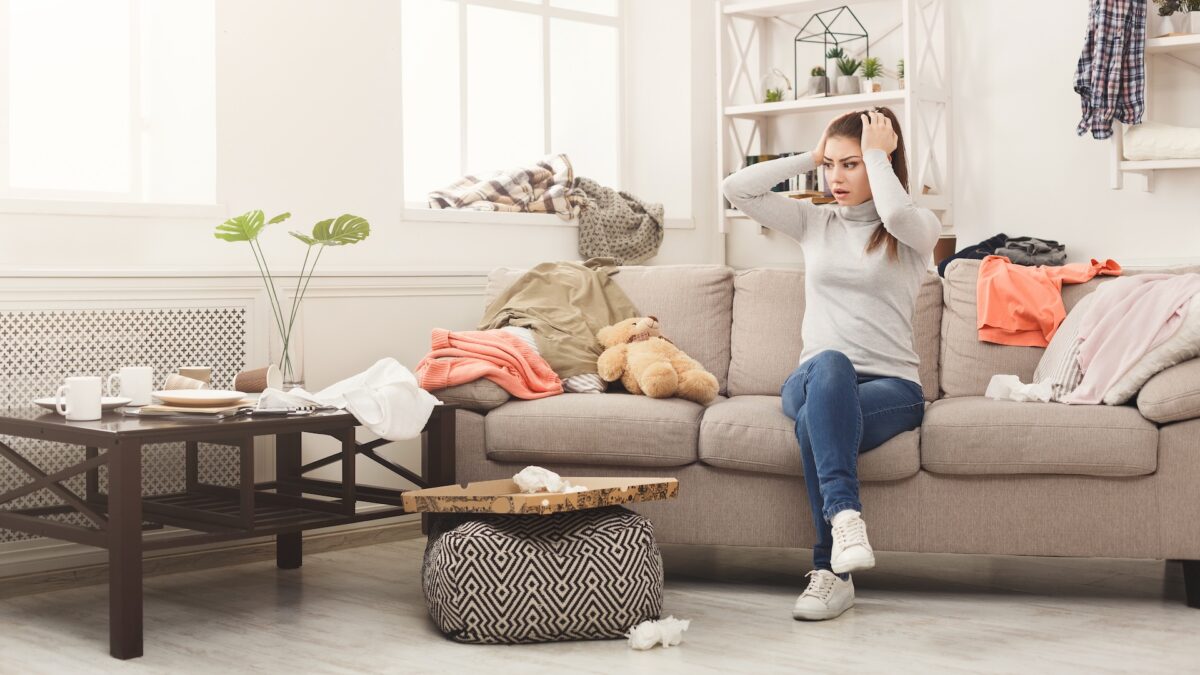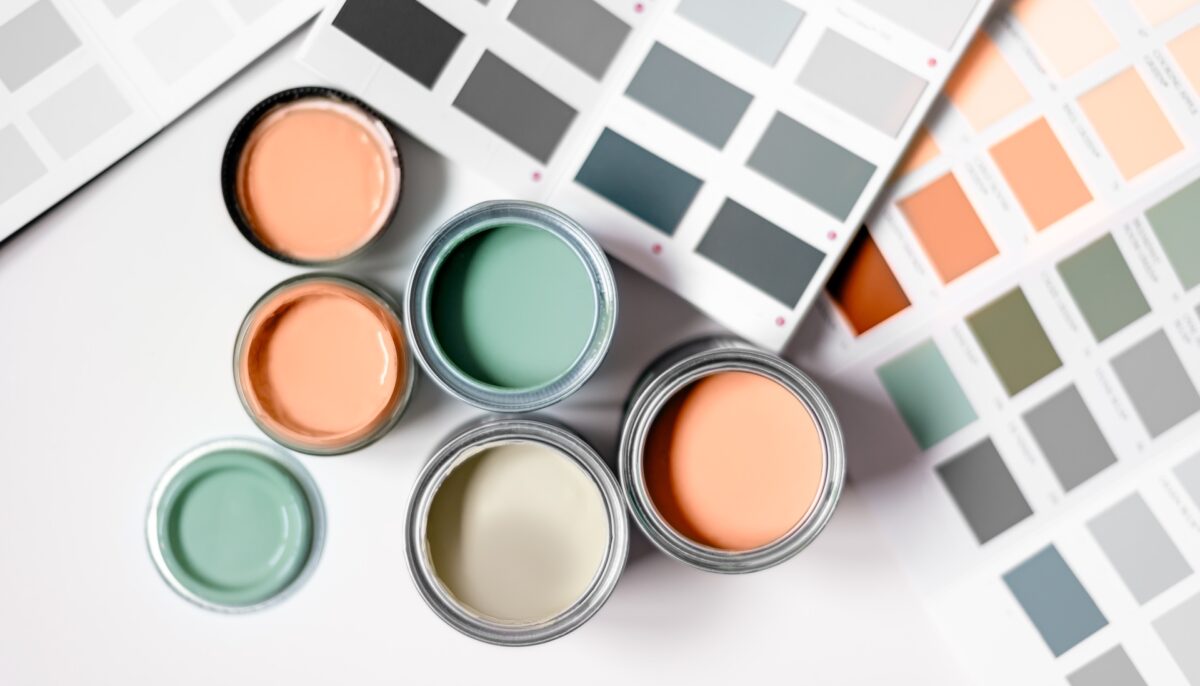You often wonder whether that piece at the thrift store, flea market, or clearance center that has so much personality — but also a few dings — can be refurbished into something fabulous. In many cases, the answer is yes, and restoration can be both economical and eco-friendly. Here’s how you select and transform the right pieces.
Know When It’s Fabulous or Just Junk
The first step in the transformation process is picking the right pieces that are structurally sound and in a condition you’re capable of handling. “So many people think refinishing furniture just takes a couple of coats of paint, but it is so much more,” says Juliet Abeille owner of Loverly Cottage in Lake Bluff, Illinois.
“You can find pieces of furniture with great bones,” she continues. “But they might have damage to them like broken dovetail joints, drawers that don’t slide properly, doors with broken hinges, peeling veneer, loose and wobbly legs, or worse.”
Abeille, an eco-friendly sustainable reuse and restorations expert specializing in French Country furnishings, lives in an area that has just experienced flooding. She warns, “Do not bother with pieces with mold-damaged wood.” Furniture that has been submerged for any amount of time may be hard to clean properly, she advises.
“If the item has visible mold, do not even attempt to work with the piece,” she cautions. “Would you want to have a piece of furniture in your home that was soaking in raw sewage?”
So, only fall in love with furniture you have the skill to fix, is safe to own, and that you’re willing to invest the time and money into restoring. Be ready to walk away from anything else.
Think Beyond the Piece’s Current Use
You can turn your lucky find into something entirely different with a little imagination. You can transform whole pieces for different uses or just alter the details. Use a door as a decoupaged table or upholstered headboard, for example. A crib can become a cartoon character daybed or bench with embedded gemstones. Just know when to change it and when to leave the piece alone.
“If the piece has great hardware, I try to keep it as original as possible,” explains Abeille. “Gorgeous, well-made hardware is a bonus on a piece of vintage or antique furniture,” she continues.
“If the top of a dresser or sideboard is in relatively good condition, I try to leave it as is,” says Abeille. She suggests sanding scratches lightly, waxing the top, and then painting the rest of the dresser or sideboard.
Refinish in an Eco-Friendly and Economical Way
By choosing pre-owned furniture to transform, you’re already thinking about sustainability and cost-effectiveness. When you shop for materials to refinish the piece, you can also make eco-friendly and economical choices.
Avoid the off-gassing that continues long after a piece dries by not using products that contain warnings about hazardous chemicals and ingredients on the packaging. Think about what environmental effects throwing that packaging away might have.
Instead, says Abeille, “Try to find paints that are low-VOC or mineral based like many milk and matte finish colors.” If you want that barn wood look, then Abeille suggests using an alternative to full paint such as lower-cost color wash techniques. “How you seal pieces is important, too,” she explains. “Opt for hemp oil, tung oil, or wax rather than varnishes.”
Avoid the No. 1 Refurbishing Mistake
“The number one mistake people make is thinking their project will be simple, especially if they’re painting a piece,” Abeille muses. Even if the paint package says so, refurbishing projects are never “no prep needed.”
“Always make sure to prep your piece,” Abeille states. Do the required sanding, cleaning, spot testing, and sealing, especially for furniture coming from a smoker’s house or a place with other strong odors. Otherwise, old paint and odors likely will seep through your unprepared surface.
Consider Your Space, Design Scheme, and Home Co-Occupants
Whether your tastes are classic, eclectic, or somewhere in between, make sure you’re looking at the piece with your lifestyle in mind. “It is fun to mix different styles, like industrial and French Cottage, however people need to consider the style of their home,” Abeille explains. “Industrial and mid-century modern mix well, but mid-century modern and country, not so much,” she continues.
Rather than mismatch large pieces, especially trendy ones that go out of style, use color and interchangeable accessories of different styles to accent your design scheme. Also, integrate your partner’s or roommate’s design aesthetic into your space by combining pieces you both like.
One way to turn your space into a personalized living environment is by combining your refurbished finds with high-quality pieces from CORT Clearance Centers. That way, you’ll soon have a home unlike anyone else’s.




